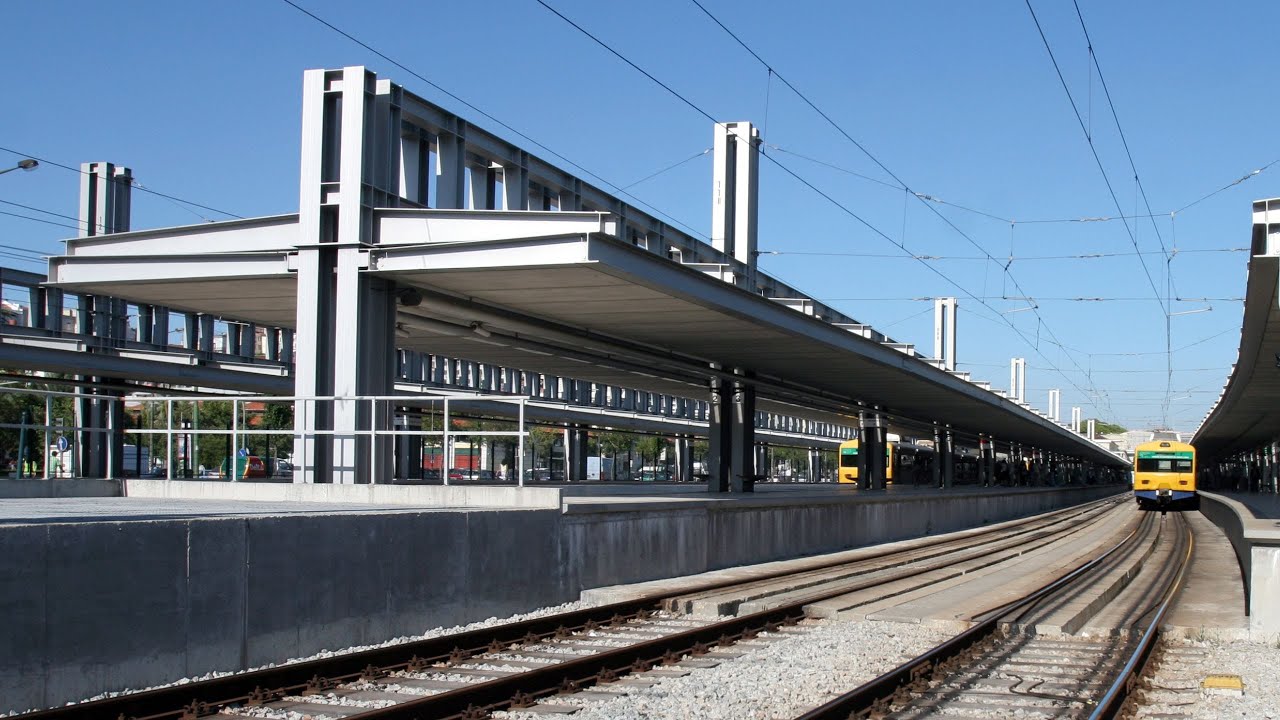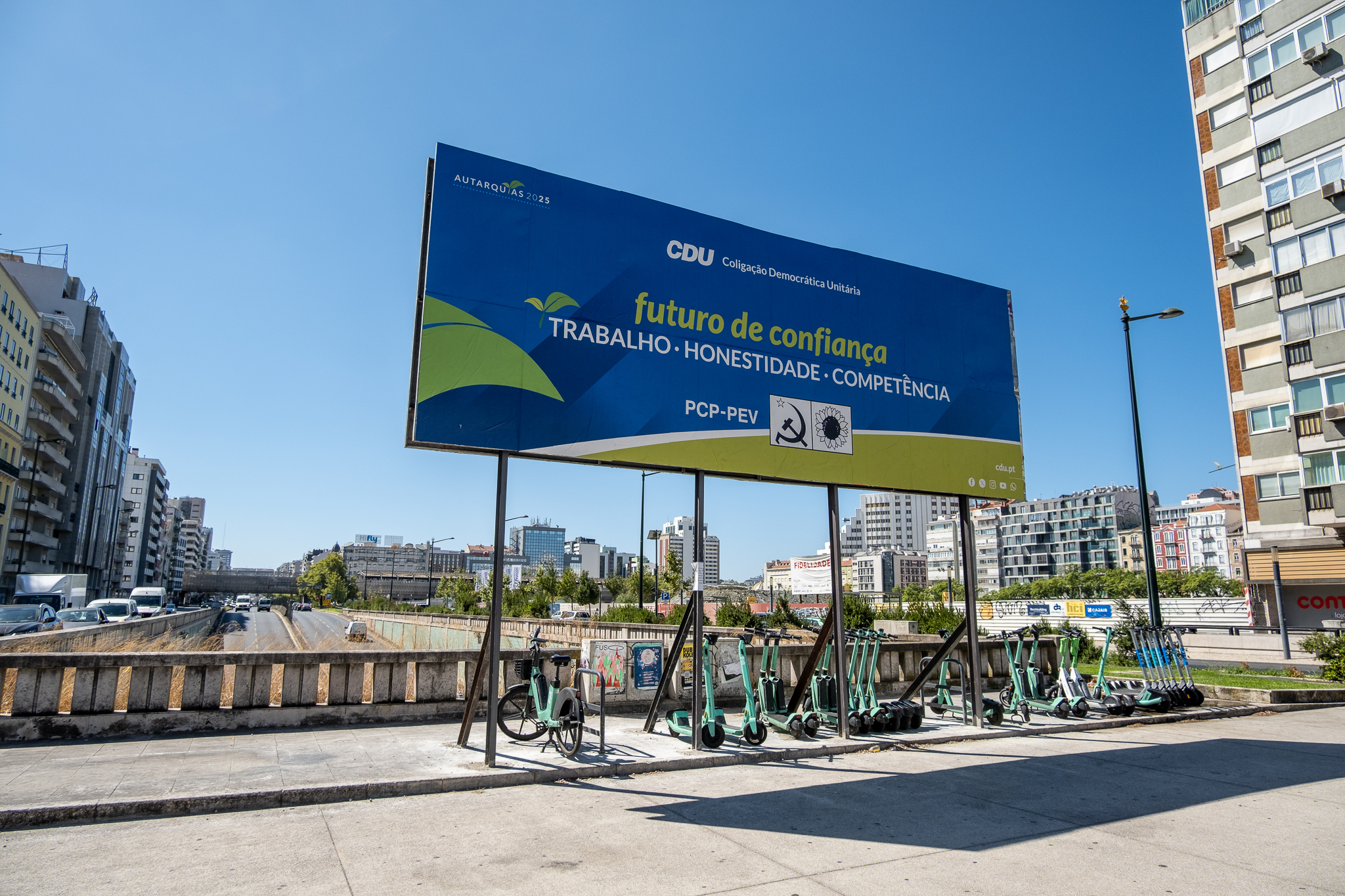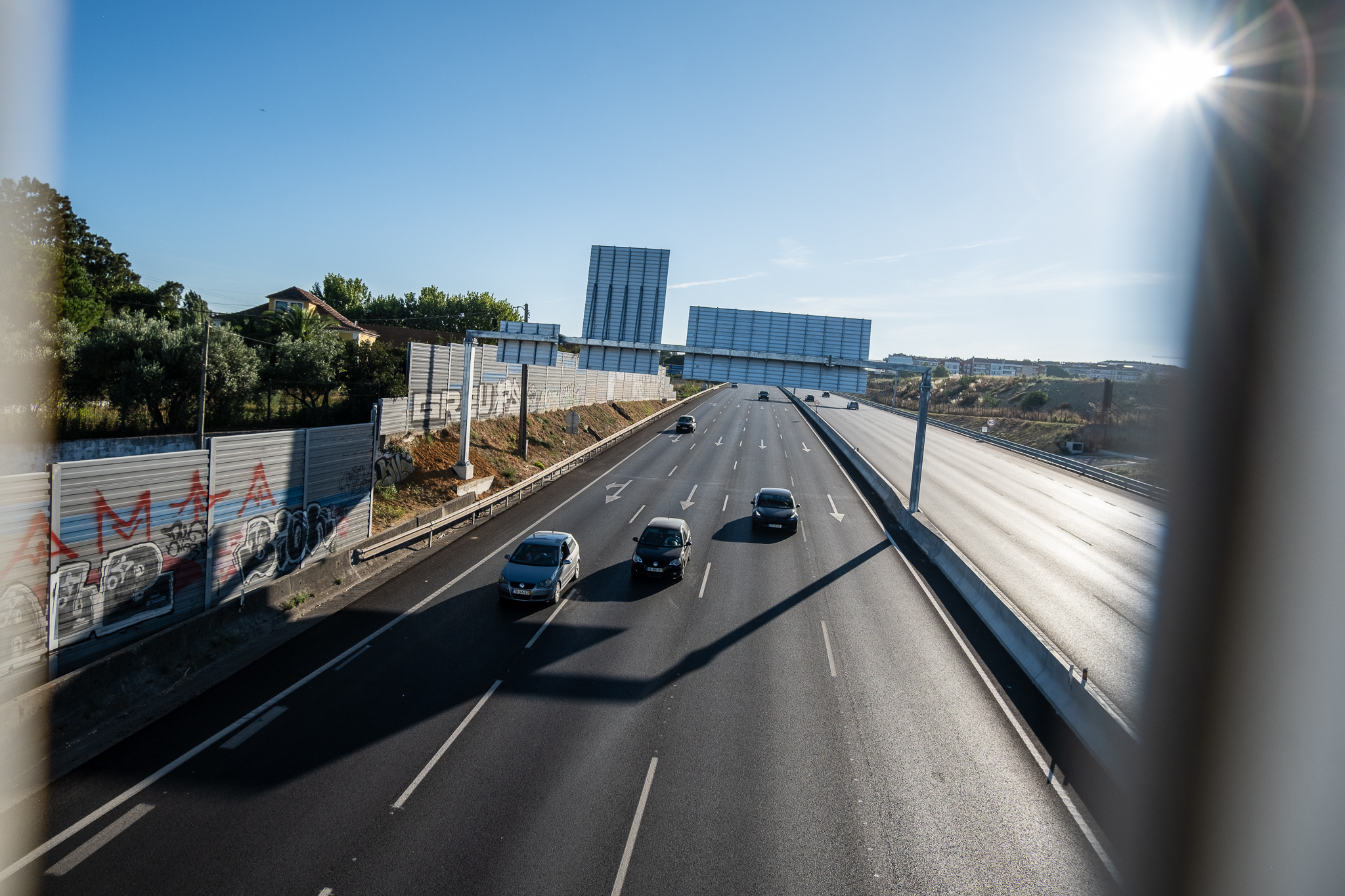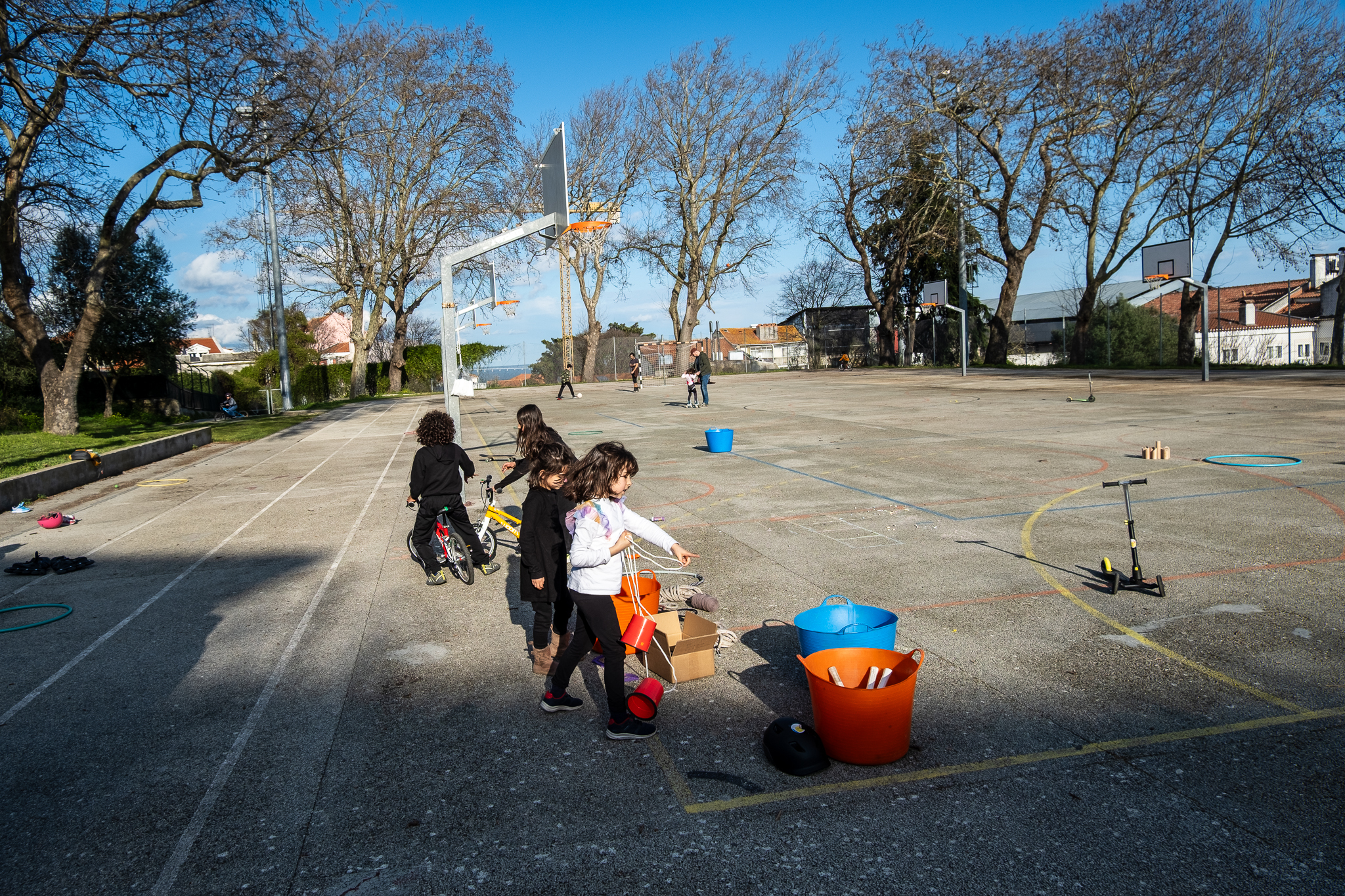Replacement of the overhead contact line to align the voltage of the Cascais Line with the rest of the rail network is an essential step for the future of the country's second busiest line. The work starts now and may be finished between the end of 2024 and the beginning of 2025. New trains will only arrive in 2026.

It was on board a train between Cais do Sodré and Cascais this Tuesday, December 6th, that the formal start of the long-awaited major modernization project for the Cascais Line, the second busiest line in the country, was marked. "We are not making any announcement here, we are handing over the work to the contractor"guaranteed the Minister of Infrastructures. Pedro Nuno Santos was present, alongside Mayor of CascaisCarlos Carreiras, and the Vice President of Oeiras ChamberFrancisco Gonçalves. No one from Lisbon City Hall went - not Carlos Moedas, as was on the program, nor the vice-president, nor a councilman.
The event also included Vice-President of Infraestrutura de Portugal (IP), Carlos Fernandesand the President of CP, Pedro MoreiraOn board the train, during a trip that lasted about 40 minutes, they explained to political leaders and journalists the details of the modernization of the Cascais Line.
In a nutshell
The work to modernize the Cascais Line is complex and involves several stages, some of which have already been completed or done. In summary, it will be this:
- an new catenary across the Cascais Line, allowing you to change the voltage from the current 1500 volts in direct current to 25,000 volts in alternating current - this change is crucial for the future of the Line, which will now operate at the same voltage as the rest of the railway network, and will no longer be isolated. In practice, this means that any current CP train will be able to circulate on this lineUnlike today, where there has to be specific material to work at 1500 volts;
- a diagonal brace installation on the tracks along the Cascais Line. Since this Line has, as usual, two tracks - one for each direction - these diagonals will allow trains to pass from one line (or track) to the other in case of accident or other disturbance. Nowadays, if there is a problem on one of the tracks, it is very likely that all the traffic will be blocked because the trains cannot divert;
- the entire Line will have a digital passenger information systemThis will allow people to know which train is coming next, whether it is a fast train or a normal train, and how long to wait. Currently, this information is non-existent in the vast majority of stations, where there are no digital panels at all. The exception is the terminal stations, Cais do Sodré and Cascais. The information system will be present in the stations but also on the trains;
- improvement and adaptation of all stations and platformsmaking them accessible to all people (including people with reduced mobility), and providing them with new or renovated equipment. The Algés, Oeiras, Carcavelos, São Pedro and Cascais stations will be altered with a new design to improve passenger experience;
- the Cascais Line will have a new signaling systemwhich will allow for better communication of the positioning of each train, increasing the safety of rail traffic. With the installation of this new system, which is already underway, the Cascais Line will be managed from the Lisbon Operational Command Center (CCO), like the other Lines;
- will arrive 34 new trains to the Cascais Line once renovated. They are part of the package of 117 new urban and regional trains that CP is buying.
And dates? The catenary works - those that condense the most substantial and important part of the modernization - should be ready between late 2024 and early/mid 2025The new trains are scheduled to arrive in 2026.
What has already been done? And what remains to be done?
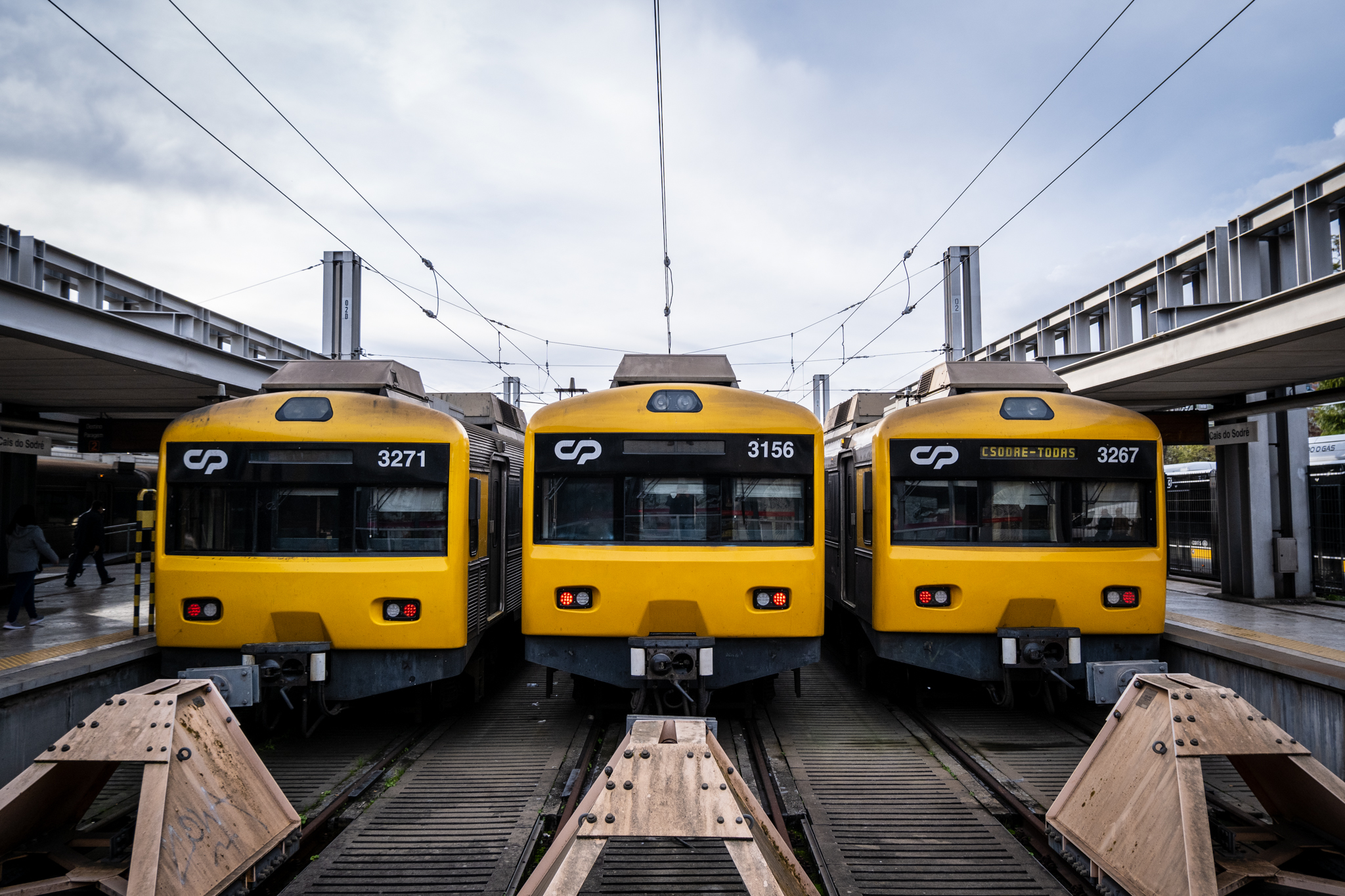
IP's Vice-President, Carlos Fernandes, assured that his company - which is responsible for the management of the entire national railway infrastructure -"has not been idle" in recent years and that The entire Cascais line rail has already been renewed ("There are no more wooden sleepers on this line"he said). Cascais station also has the new catenary ready - is the only station in the entire line that is already able to receive 25 thousand volts.
The contract that was consigned on Tuesday is the great work of modernization of the Cascais LineThis is the one that serves as a hat and at the same time as a rug for all the other projects and interventions. It concerns the replacement of the overhead line between Cais do Sodré station and Cascais station. "It's a very complex job that we're going to have here over the next two years"mentioned Carlos Fernandes. "We will replace all the catenary poles"explained, which will force "disrupting trains between 11 pm and 5 am, affecting the last circulations of the day". The IP's responsible clarified that, together with CP, bus replacement services will be prepared, as is usual whenever rail service is interrupted.
For his part, the President of CP stressed another "not so good part of the story" - because they take place at night, the works must have a "greater impact with those who live by the line"mainly because of noise issues. “To ensure that people continue to get to work on a day-to-day basis, we have to limit ourselves to the evening hours, and to manage those situations with the municipalities and parish councils."said Pedro Moreira.
Although electrified since the 1920's, the Cascais Line operates at a different voltage (1500 volts direct current), which makes it isolated from the rest of the network: only trains prepared for this voltage can run on it, which limits CP to the current, aging rolling stock. By standardizing the Line to 25 thousand volts, like all the rest of the network, this limitation at fleet level disappears and, in theory, CP could put any train on the Cascais Line, to replace current ones or as reinforcement.
We won't have to, because there will be 34 new trains arriving in 2026 for this Line, but we'll get to that in a moment. First, the details of the intervention on the overhead line: the work will cost around 31.6 million euros, and will be executed by the consortium formed by the companies FERGRUPO - Construções Técnicas Ferroviárias, S.A. e Comsa, S.A. e will have a term of 730 days, or two years. If all goes well, the modernization will be ready by the end of 2024; if delayed, by mid-2025.
The work to replace the overhead line (which was initially scheduled to end in 2021) also involves changes to the Cascais Line's double track. Although the rail itself has already been modernized, several diagonals are planned to be added along the route, "that will allow trains to switch from one line to another when there is an accident or disruption". The new signaling system, which we will talk about in a moment, will allow these line changes.

And more?
- will be built electrical traction substation in Sete Rios to feed the Cascais Line in the future. The project is being developed and it is expected that the work can start in May 2023. With the creation of this substation, prepared for the new voltage, the 1500 volt substations of Cais do Sodré, Belém, Cruz Quebrada, Paço de Arcos, Carcavelos and São Pedro, which currently feed the Cascais Line, will be deactivated. "We will have only one substation for the entire Cascais Line that will be fed at 60 thousand volts, the very high voltage"explained Carlos Fernandes;
- in progress, is the installation of a new signaling system and a speed control systemwhich will allow a better relationship between the trains and the railroad, enabling higher levels of safety and better management of the railway channel. This work began in October. "With this new signaling, the Cascais Line will now be operated from the Lisbon Operational Command Center (CCO)"like the rest of the railroad network, said the IP official.
- there is still a lot of work to be done to:
- the installation of the new public information systemsThis will be done by installing digital panels, loudspeakers, and clocks in the stations, as well as surveillance;
- a modernization of stations and platformswith the renovation of the signage, painting and recovery of the buildings' tiles, change of the shelters, improvement of the upper and lower passages, new lighting, guarantee of full accessibility and installation of elevators... "We will invest 12 million euros"said the IP Vice-President;
- and, finally, for installation of a feeder cable between the Sete Rios substation and the Cascais Line. About the modernization of the stations,

And what is the future of the Line?
For Carlos Fernandes "there is a second phase" of the modernization of the Cascais Line, which consists of its leveled connection to the Belt Line in Alcântara. "With the connection to Cintura, we will be able to capture passengers that today do not feel services by Cais do Sodré"pointed out the IP responsible, explaining that the biggest movement of passengers today on the Cascais Line is towards the terminal station in Lisbon. "Essentially, the people who use the Cascais Line have origin or destination at Cais do Sodré"where about 50 thousand passengers are registered daily.

By connecting Cascais to the Beltway, four connections per direction and per hour between Cascais and the Orient would be possible, creating services from Cascais to the North Line or also to the South. In essence, "to give a new accessibility to Cascais and also to Oeiras".Carlos Fernandes summarized, recalling the recently presented National Railway Plan. O IP's Vice-President estimates that, with the conclusion of the Lisbon Metro's Circular Line and with the operationalization of the connection to the Cintura Line, the Cascais Line may gain "almost 6 million new passengers"approaching "almost 40 million passengers per year, which puts it very close to the Sintra Line's 50 million" (the Cascais Line is today the second busiest railway line in the country).
For his part, the President of CP focused on the 34 new trains that will begin arriving in 2026 to replace the 31 current units - which "is only kept in operation thanks to CP's great ability to maintain and renew its fleet"as praised by his IP colleague. For Pedro Moreira, even with its age, the Cascais Line manages to take "55,000 cars on the road". The new trains will be able to reach 140 km/h, but with the number of stations on the Line it is difficult for them to reach that maximum speed, he said. However, they will have greater acceleration power so that they can start faster from each station. "With more acceleration we will be able to substantially reduce travel times"clarified the person in charge of CP.
The 34 trains that CP is buying for the Cascais Line will cost about 238 million euros, said Pedro Moreira. They are part of a package of 117 new electric units that the rail operator is acquiring for 819 million; the tender is still ongoing and has four bidders: Alstom/DST, Siemens/Talgo, Stadler and CAF. In a first stage, the new trains will coexist on the Cascais Line with the current railcars at the old voltage; only when the renewed fleet is sufficient in number for the demand on the Line, will the old trains be pulled over and the voltage be changed from 1500 to 25 thousand volts.
